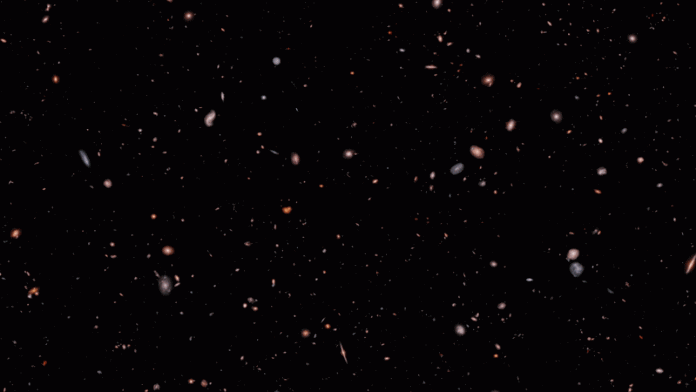
New research is improving the accuracy of the parameters governing the expansion of the universe, helping astronomers determine how the universe grew into its current state, and what the future holds for us
Although it is well known and accepted that our universe is expanding, with no landmarks, it is hard to measure accurately how fast it is expanding. Many telescopes and researchers use different methods of calculating the suspected range and speed of our expanding university; however, here we explore what is known as the ‘standard candle’ method.
New research allowed the reduction of uncertainty for key parameters by up to 35 per cent
Standard candles are objects of known brightness and absolute magnitude in the universe that allow us to calculate distance.
As objects in the universe get further away, they look fainter, even though they haven’t changed, like a candle. This distance can be calculated based on it’s observed brightness if the initial brightness of an object is known.
Different standard candles are useful for varied distant ranges
There are several types of ‘standard candle’ objects for which we can predict the luminosity from some other measurement.
By harnessing novel statistical methodologies and leveraging the computational resources of NAOJ under the supervision of Assistant Professor Kazunari Iwasaki, the team analyzed data from diverse standard candles—supernovae, quasars (intense black holes consuming matter), and gamma-ray bursts (sudden bursts of powerful radiation).
The research, conducted by an international team led by Maria Giovanna Dainotti, Assistant Professor at the National Astronomical Observatory of Japan, with the aid of the supercomputing facilities at NAOJ, has revealed the expansion of the universe in never before detail.
The expansion of the universe: What does the future have in store?
Results from the research have reduced the uncertainty of key parameters by up to 35 per cent; having more accurate parameters will help to determine if the universe will continue expanding on itself forever or simply collapse on itself.
Will the universe continue expanding on itself forever or simply collapse on itself?










